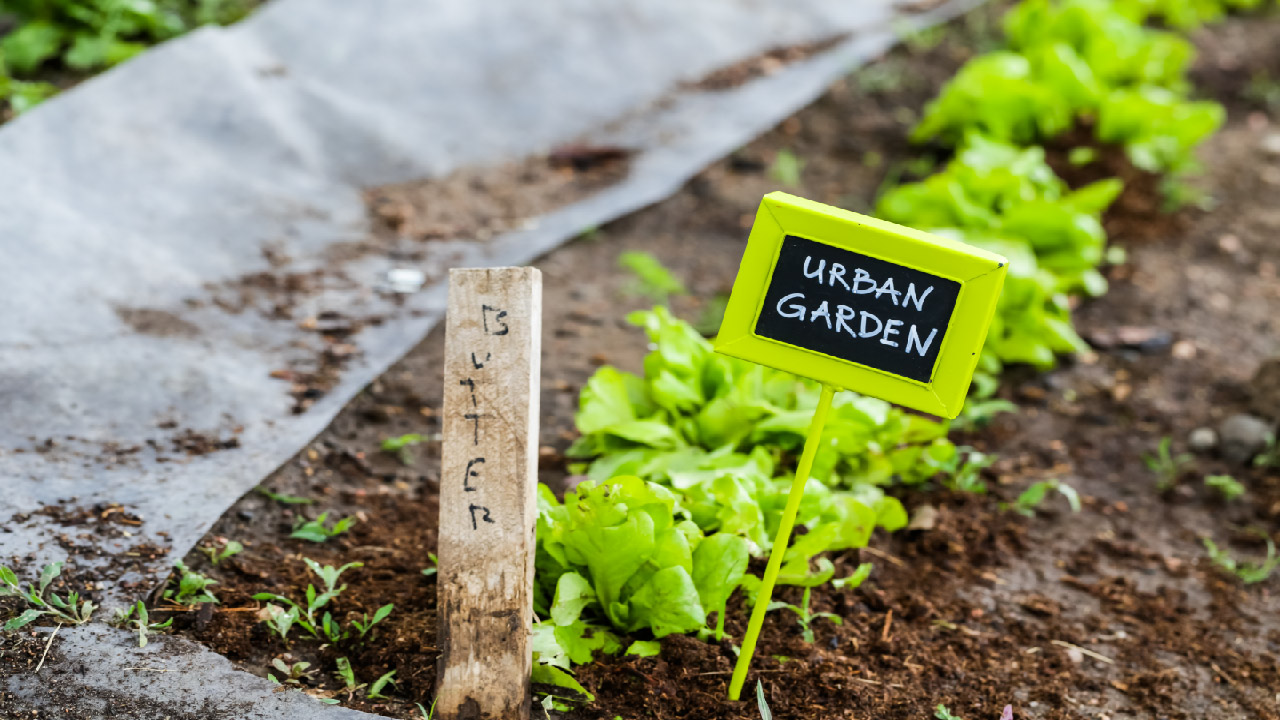What Is a Gardening Zone?
Mar 23rd 2023
Planning and planting a garden is an investment in hope, time, and money. Planting at the wrong time can be a gamble, but with a little research and planning, your time in the garden will pay off more dependably. If you're in zones 7 through 10, you can grow a large variety of fruits and vegetables because the growing season is longer and milder than it is in zones 1 through 6.
But what is a gardening zone? In this brief primer, we'll give you the information you need to figure out the best time for gardening where you live, so you can enjoy the most bountiful harvest possible.
Regardless of what zone you're in, it's important to know the last frost date in the spring in your area and the first frost date in the fall. Delicate plants will get damaged or die as a result of a light frost when temperatures fall about 5 degrees below freezing. When temperatures drop 8 to 10 degrees below freezing, delicate vegetables will not survive. You can protect plants from low temperatures by using row cover material. This light weight and inexpensive material will enable you to safely start your spring garden earlier in season, providing your plants up to 6 degrees of warmth compared to unprotected plants. Plus, this cover will protect against insects and wind damage, providing even greater cover for your crops. This will also enable you to prolong the growing season by a month or more.
A gardening zone or hardiness zone is a geographical area with a certain range of minimum and maximum temperatures. The United States Department of Agriculture defines these 13 zones by long-term average annual extreme temperatures to aid gardeners and landscapers, showing them where it is safe to plant. Zone 1 begins in northern Alaska, where plants and people experience winter temperatures of minus 50 to minus 60 degrees Fahrenheit every winter; zone 13 captures Southern regions, like Hawaii and Puerto Rico, where winter temperatures average between a balmy 50 degrees and a warm 70 degrees Fahrenheit.
Most of the warmer zones in the U.S. are in the Deep South and southern coastal areas. The southern Midwest and the central coastal areas are in the zones 6, 7 and 8. The coldest zones are in the northern central interior of the U.S., the Alaskan interior, and parts of the Northeast. Low latitude offers stable weather in Florida and southern Arizona and California.
No map or zone can perfectly capture the reality of a region. Even the extreme minimum may not be useful when comparing regions in widely different climate zones. Rain, wind, and other weather events may have an impact on your area and ability to grow. These zones also don't incorporate any information about summer temperatures. For example, zone 8 covers coastal, high-latitude, cool-summer locations like Seattle and London, as well as lower-latitude, hot-summer climates, such as Charleston, South Carolina and Madrid, Spain. Some of these areas have radically different levels summer heat and humidity. The American Horticultural Society heat zone map provides a better guide for heat-tolerance. Consider both heat-tolerance and cold-hardiness when selecting plants.
There are many other considerations that a gardener, farmer or landscaper may need to take into account, such as precipitation, dry cycles, humidity, soil type, drainage, exposure to sunlight and available protection from extreme weather. The effects of climate change also will play a role in the usefulness of these gardening zones, so you should take them with a grain of salt. Weather patterns are not as reliable or predictable as they once were. Since 1990, most of the U.S. has become half a zone hotter, a difference of 5 degrees. The latest research has indicated USDA plant hardiness zones will shift even farther north due to the continued effects of climate change.
There are also microclimates to consider. Microclimates are areas that will allow you to plant more sensitive plants in your landscape or vegetable garden, like shady areas beside your home. Even the elevation of your planting area must be considered. Higher places will be colder during the winter, possibly too cold for plants that may do well in other microclimates.
Finally, generously mulch the soil to keep it cooler in the hot months and warmer during the spring and fall seasons. You can protect your growing season from frost by picking the right spot and making use of row covers. You can even use this material to shield some vegetable crops from the height of summer sun.
With the information provided in this article, a bit of research at a local nursery and the right spot for your plants, your garden will flourish for years to come. If you need information about best gardening practices or optimal irrigation system designs and products, visit us at www.dripworks.com.

